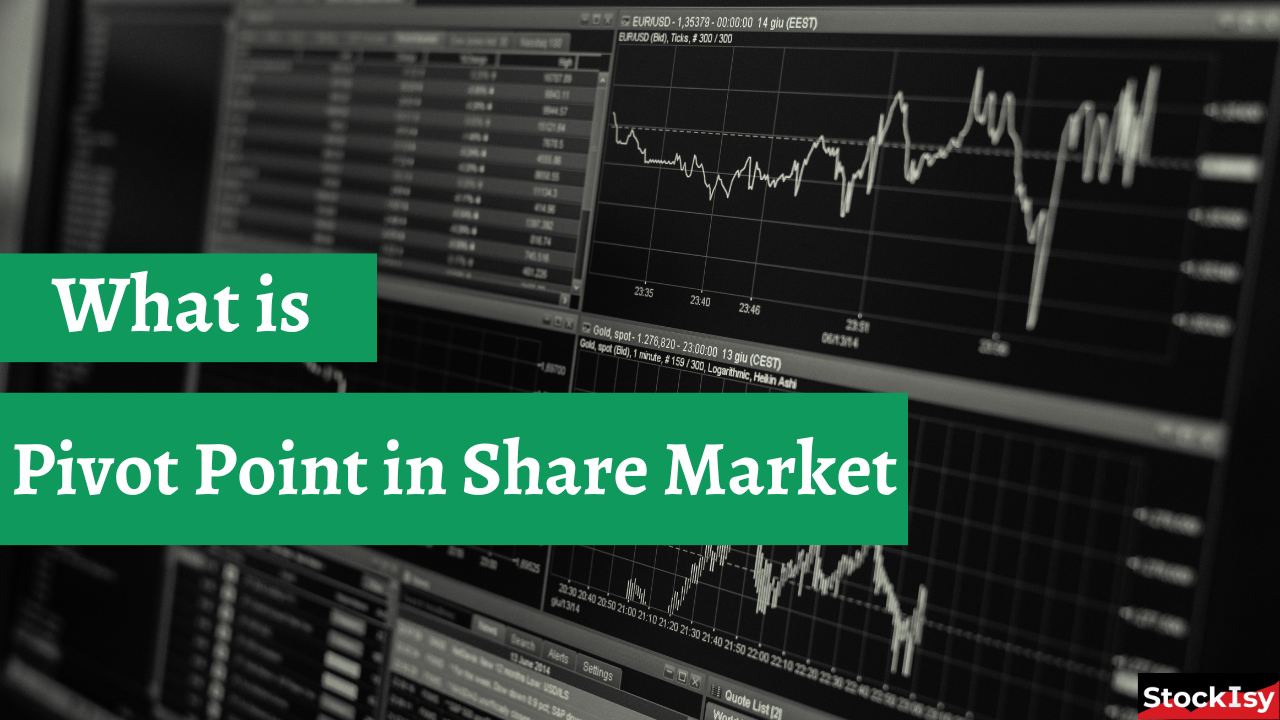Pivot point analysis is a popular technical analysis tool used by traders to predict potential market trends and reversals in the price of a financial asset. Pivot points are calculated using the previous period’s high, low, and close prices, and provide key levels of support and resistance for the current period.
The pivot point itself represents the average of the previous period’s high, low, and close prices. This value is used to calculate several other levels of support and resistance, including:
- First level of support (S1) and resistance (R1): These levels are calculated by multiplying the pivot point by 2 and subtracting the previous period’s high or low, respectively.
- Second level of support (S2) and resistance (R2): These levels are calculated by multiplying the pivot point by 3 and subtracting 2 times the previous period’s high or low, respectively.
- Third level of support (S3) and resistance (R3): These levels are calculated by multiplying the pivot point by 4 and subtracting 3 times the previous period’s high or low, respectively.
These support and resistance levels can be used to identify potential entry and exit points for trades, as well as to set stop loss and take profit orders.
Pivot point analysis is particularly useful in short-term trading, where traders are looking to profit from quick price movements in the market. However, it is important to note that pivot point analysis is just one tool in a trader’s toolbox and should not be relied on exclusively. Other technical indicators and fundamental analysis should also be considered before making trading decisions.
Below are the importance of Pivot Point in Share Market:
- Identifying key levels of support and resistance: Pivot point analysis provides traders with key levels of support and resistance that are important in determining potential entry and exit points for trades. These levels can help traders to identify potential price movements and set stop loss and take profit orders.
- Predicting market trends and reversals: Pivot point analysis can be used to predict potential market trends and reversals based on the levels of support and resistance. Traders can use these levels to identify when a market is likely to reverse or continue its current trend, helping them to make profitable trading decisions.
- Providing a simple and easy-to-use analysis tool: Pivot point analysis is a simple and easy-to-use tool that requires only basic math skills. It can be applied to a wide range of financial assets and timeframes, making it a versatile tool for traders.
- Incorporating multiple timeframes: Pivot point analysis can be used across multiple timeframes, allowing traders to identify potential trends and reversals in both short and long-term trading. This can help traders to make more informed trading decisions and increase the accuracy of their analysis.
- Incorporating other technical analysis tools: Pivot point analysis can be used in conjunction with other technical analysis tools, such as moving averages, trend lines, and chart patterns, to provide a more comprehensive analysis of the market.
In conclusion, pivot point analysis is a technical analysis tool used to predict potential market trends and reversals in the price of a financial asset. It provides key levels of support and resistance for the current period, which can be used to identify potential entry and exit points for trades. While it is a useful tool in short-term trading, it should be used in conjunction with other analysis methods.

